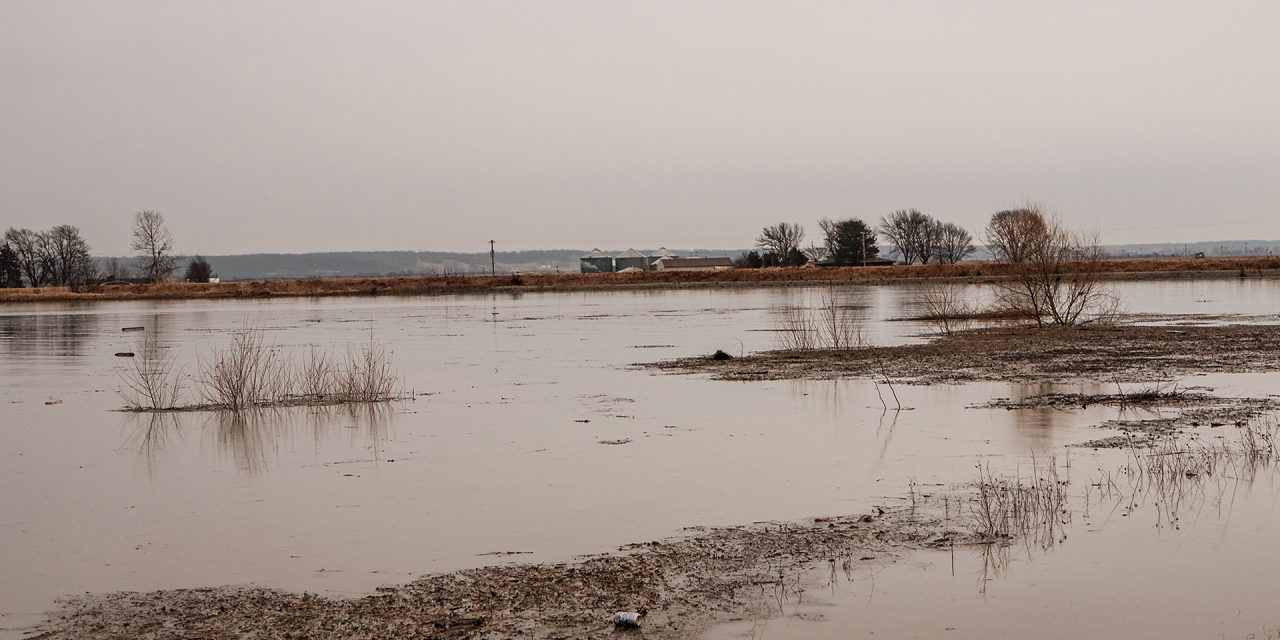Dr. Robert K. Schneiders recently listed 10 reasons why farmers suffering from flooding are receiving their just deserts. Sympathy for those affected is remarkably absent from the essay. Homes lost and businesses destroyed are nothing more than what farmers, “rapacious” farmers in the Schneiders formulation, deserve.
A quick perusal of the list shows that Schneiders’ complaint is not so much with farmers as with the last couple of centuries. No consideration at all is given to the benefits we’ve received as a civilization from increased agricultural productivity. People need to eat, and without the advancements listed, many people alive today wouldn’t have enough to eat. Flooding wasn’t a problem when no one lived in the U.S., which is the logical conclusion to Dr. Schneiders’ complaints.
From 1992 and 2012, almost 31 million acres of farmland were lost to development. Each of those acres was covered with houses, cement and asphalt, all materials leading to more rapid runoff. Cropland absorbs a heck of a lot more water than cement. Does Schneiders consider every homeowner who has purchased a home in the last generation “rapacious” as well?
The land that drains into our rivers has certainly changed. We’ve been hammered by a series of storms, storms that may well be a harbinger of what the future will bring. But we’ve long ago made the decision to use the floodplains for transportation, railroads, power plants, shopping centers and yes, farming. We can abandon the floodplain, hurricane-vulnerable coasts, fire-prone areas in the West and earthquake-afflicted California, or we can adapt the structures that protect us from natural risks.
The requirements of the Endangered Species Act have weakened flood protection at the same time development has increased runoff into the rivers. We know how to improve flood protection. All we lack is the will.


